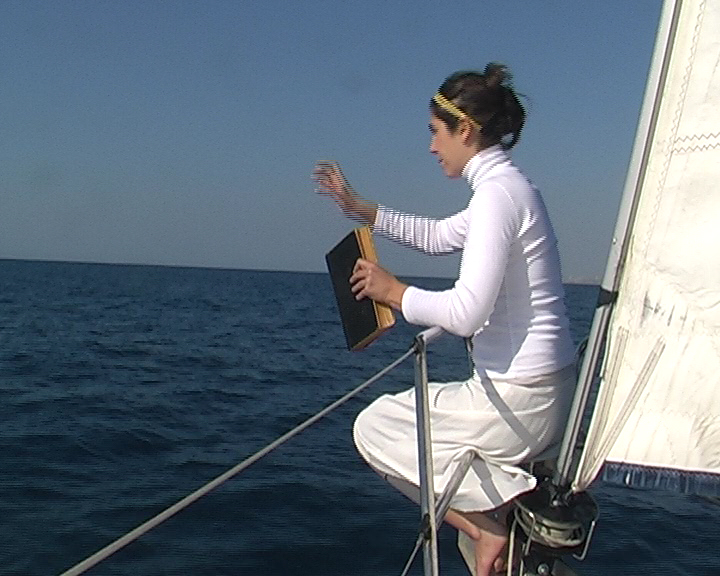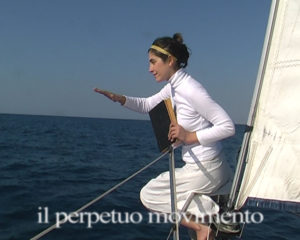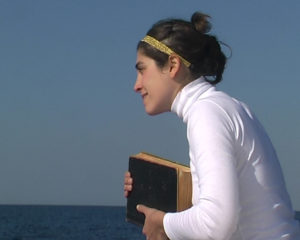Art therapy from afar and the Corona virus

This post was written for art therapists in Israel, many of whom work in the education system, which was closed yesterday due to the Coronavirus. I hope some of you around the world will find it useful.

How can we engage in art therapy at a distance?
The language of materials is the foundation of my work as an art therapist; thus, the therapy process takes place in a studio with materials. This is also true of most of my supervision sessions, where an art process occurs.
However, at the moment, our reality is full of issues we have to cope with, which causes real stress for the therapist as well – being suddenly cut off from her patients, as many in Israel work in schools and they are closed. According to the social groups – it seems many feel bewildered, anxious, and even guilty.

I will describe several situations where I did engage in therapy at a distance, in the hope that you might find this useful.
On several occasions, I was not here for a few weeks, in the middle of therapy processes. Although it was planned and known to all, it was not easy.
With two children, I came to an agreement that during our regular day and time, they will sit at the table at home and work, just like they do in our sessions, and imagine that I am with them. What would I ask, say, suggest, etc.? They chose a notebook for this purpose. I promised I would be thinking of them at the exact same time, and kept my promise, despite the eight-hour time difference.
When I returned, I discovered, to my surprise, that this had been meaningful and empowering. An eight-year-old girl even told me: “You were really there, Nona! I felt it! And this is what you told me inside me…”.
It seems that a speedy internalizing process of the therapist had been created, in a way I could not have thought of in advance.
In another case, I corresponded with an adult patient in crisis. She sent a daily photograph of a pre-determined subject and I reacted with a photo of my own. We also communicated in writing. The process included photographing an object distant from her house, which meant she had to go outside, then send an email and wait for an answer. This certainly supported the therapy and her ability to manage her life more independently. The joint observation of our photographic dialog upon my return was moving and supported the continued therapy and trust.
What would I do in our situation today?
With elementary school children and teenagers, I would set a pre-determined day and time for a 15-minute phone call. The conversation will center on a photograph of something they had sent me via WhatsApp, which they wish to share and discuss. The pre-sent photograph expresses and frames the aim of the virtual session, showing aspects of active initiatives. It might be a good idea to involve the parents, to make sure the session takes place at the pre-determined time.
Based on what they share, you can suggest the continued process – creating a series, creating an artist’s book, writing a story or a play, or anything else. Several minutes’ conversation with you is an anchor, showing that you have not forgotten that you are still there.
Based on my experience, the number of drawings a person creates in therapy is significant. It may sound a little strange, but 300 papers are better than 30 in terms of therapy progression! Thus, if you manage to create a situation where a series is created, the patient’s brain and soul will continue the mental-emotional process even without your interpretation. Thus, my recommendation is to help the children create as much as possible. You can depend on the process to fulfill its role. In this way, the child empowers him/herself through their own hands; as you witness the process once a week.
Our vanity: A young woman teaches the ocean its names from a Jungian perspective. Tiamat, 2014
More here.